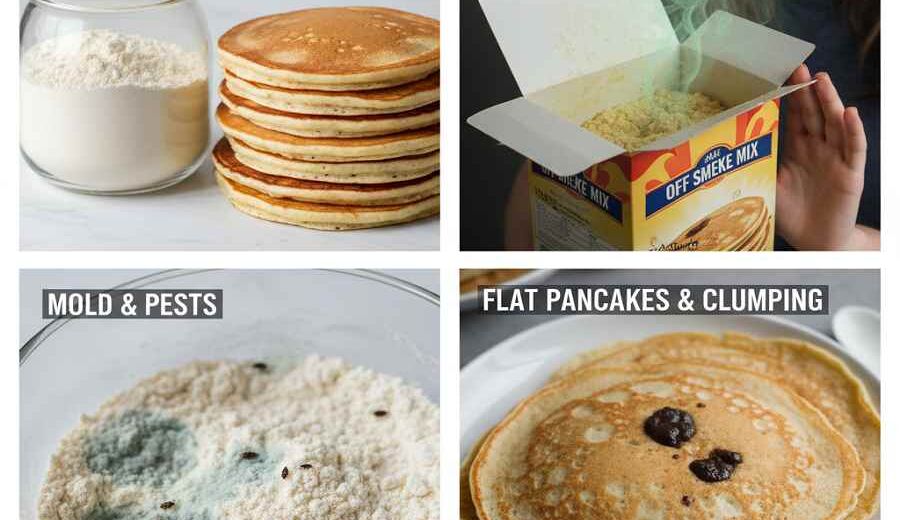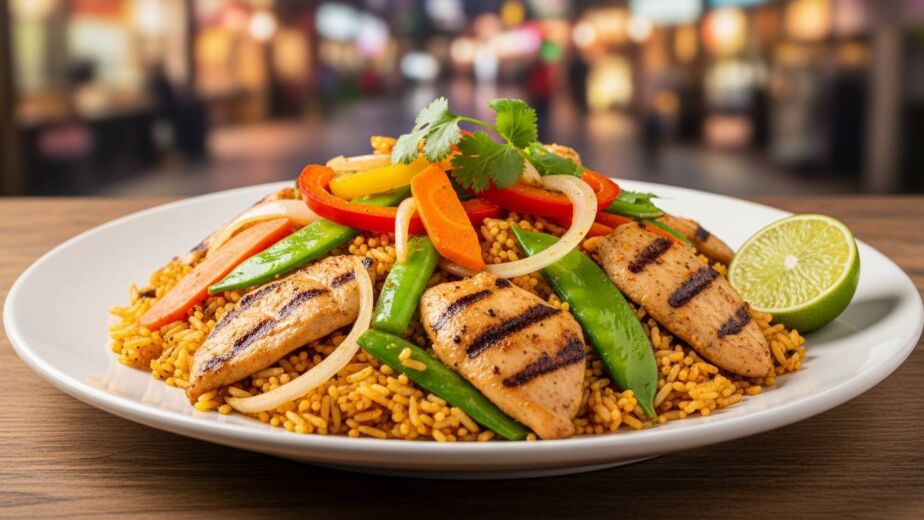If you’ve just had your wisdom teeth taken out, you’re probably craving something sweet—but cake isn’t an immediate “go.” Dentists generally advise waiting about a week before trying cake again. During the first few days your mouth needs very soft, gentle foods so the surgical sites can heal. By the time about 5–7 days have passed, the blood clot that protects your sockets is more stable, and you can carefully introduce a moist, soft cake (like sponge cake or angel food cake) back into your diet. In short, no cake on day 1 or 2 – focus on smoothies and yogurt instead – and by day 7–10 you can nibble a little cake, choosing very soft varieties without any nuts or crunchy bits.
Why You Should Wait
After an extraction, your body forms a blood clot over the empty tooth socket to protect it. Dislodging this clot too soon can cause a painful dry socket, which delays healing. Crunchy crumbs or sticky bits from cake could knock off the clot or irritate the sore tissue. In fact, sugary foods like cake can encourage bacteria, raising the risk of infection. To be safe, avoid any hard or crumbly foods (chips, popcorn, nuts, cookies, etc.) for the first 1–2 weeks.
Also, hot or spicy cake (like warm pie or spicy pumpkin cake) can irritate healing gums. And remember: no straws for at least 7 days. Sucking through a straw creates suction that can pull out the clot. By waiting about a week, you give your mouth the best chance to heal before introducing the risk of cake crumbs or too much sugar.
What to Eat First Week
While waiting for cake, stick to very soft foods and liquids so you’re nourished without chewing. For the first day or two, try things you can swallow without chewing much:
- Smoothies and shakes (no straw – sip from a spoon or cup)
- Yogurt or pudding (plain or mild-flavored)
- Applesauce or mashed banana
- Broth, soup or warm (not hot) cream soups
- Jelly or gelatin desserts
- Ice cream or ice pops (watch out for nuts or hard bits)
During days 3–5, you can add gentle solid-yet-soft foods as you feel comfortable, always chewing away from the extraction sites. Good options include:
- Mashed potatoes or soft cooked rice
- Scrambled or soft-boiled eggs[
- Oatmeal (lukewarm)
- Cottage cheese or soft cheese
- Soft pasta (no spicy sauce) or mac & cheese
By day 5–7, if swelling is down and you can chew gently, you might try:
- Soft noodles or ramen
- Well-cooked pasta or rice with sauce
- Pancakes or waffles (soft, no hard edges)
- Steamed, mashed or cooked vegetables
- Shredded chicken or tofu (very tender, mixed with sauce)
These foods are soft enough to eat without hurting your gums. Remember to chew slowly and gently (take small bites) and avoid anything crispy, crunchy or sticky, just as dentists recommend.

Introducing Cake Back
Around one week after surgery (when you feel ready), you can think about that first slice of cake. According to dental experts, moist cakes are usually fine after about 7 days, as long as they’re very soft and free of nuts or seeds. Here’s how to enjoy cake safely:
- Choose a very soft, moist cake. Good choices are sponge cake, angel food cake, or a very soft homemade cake without any chunky fillings. Avoid cakes with nut pieces, seeds, or hard mix-ins.
- Mind the frosting. Skip sticky or crunchy frostings. A light spread of buttercream or whipped cream is better than sugary glazes or thick chocolate that might stick to your gums.
- Cut small pieces. Take tiny bites rather than big mouthfuls, and chew away from the surgery sites if possible.
- Stay hydrated and rinse. Keep a glass of water nearby. Take sips between bites to wash down any crumbs. After eating, gently rinse your mouth with warm salt water (do not swish aggressively) to clear out cake bits.
- Eat slowly and in moderation. Limit yourself to a small amount. Overdoing sweets can upset your stomach or gum tissue.
By being cautious—picking the right cake and chewing gently—you let yourself enjoy a taste of cake without harming your healing gums. If at any point you feel pain or notice swelling, stop and give yourself more time.
Recovery Tips & Final Thoughts
Everyone heals at their own pace. Always listen to your body and your dentist. If you feel uncomfortable eating cake or any food, wait another day or two. Keep following your dentist’s instructions: avoid straws and hard foods, stay hydrated, and rinse your mouth gently after meals. (Skipping straws and spitting for about a week helps protect the blood clot.)
Focus on nutrient-rich, soft foods to help you heal quickly. High-protein options like scrambled eggs, yogurt, or protein smoothies (no straw) will aid tissue repair. Keep your mouth clean by gently rinsing with salt water (starting 24 hours after surgery) and brushing carefully around the teeth (avoiding the extraction sites at first).
In summary, don’t rush the cake. Wait about a week, ease back into solid foods, and when you do bite into cake, make it a soft, small piece of moist cake without any hard bits. With patience and care, you’ll be able to enjoy that sweet treat without setting back your recovery.



